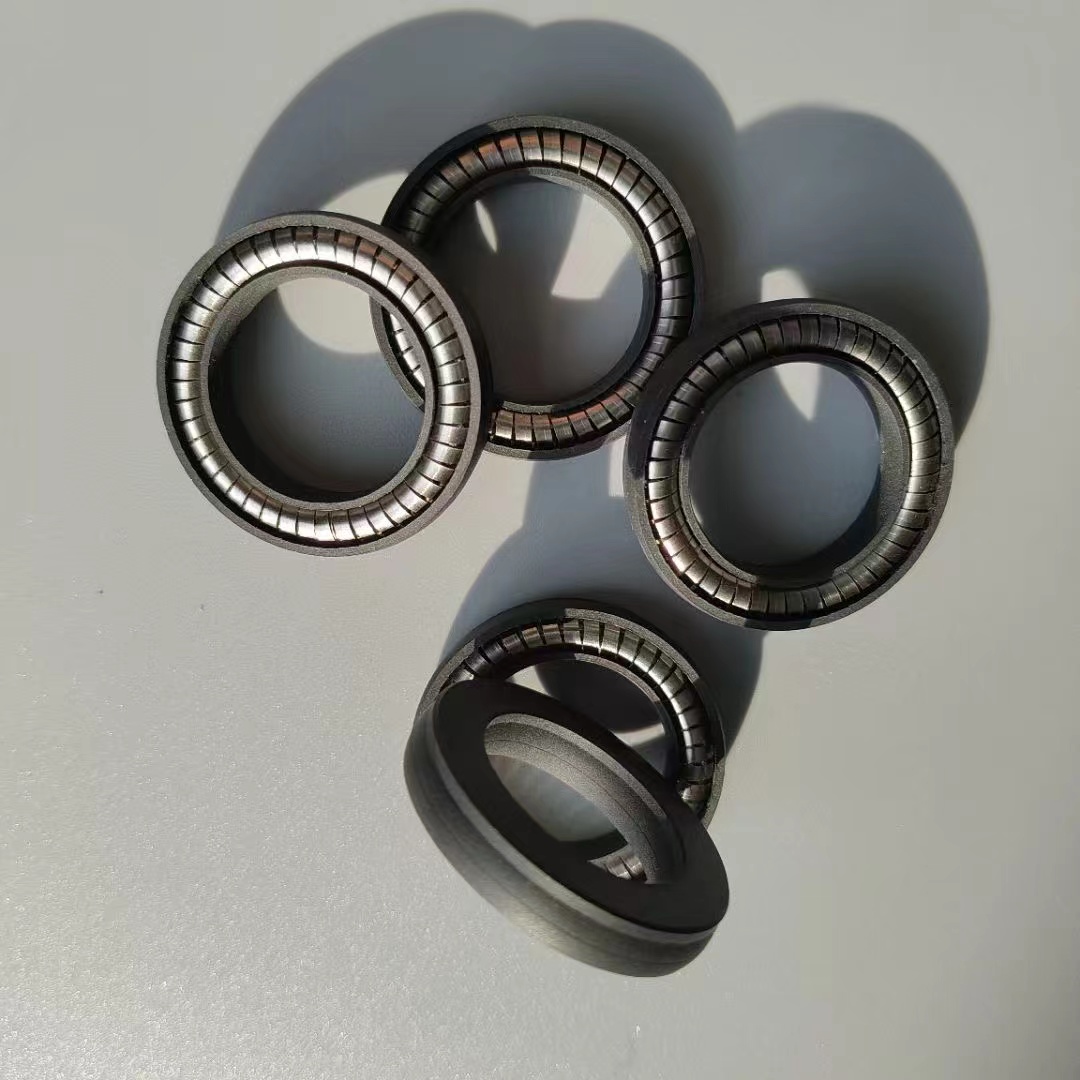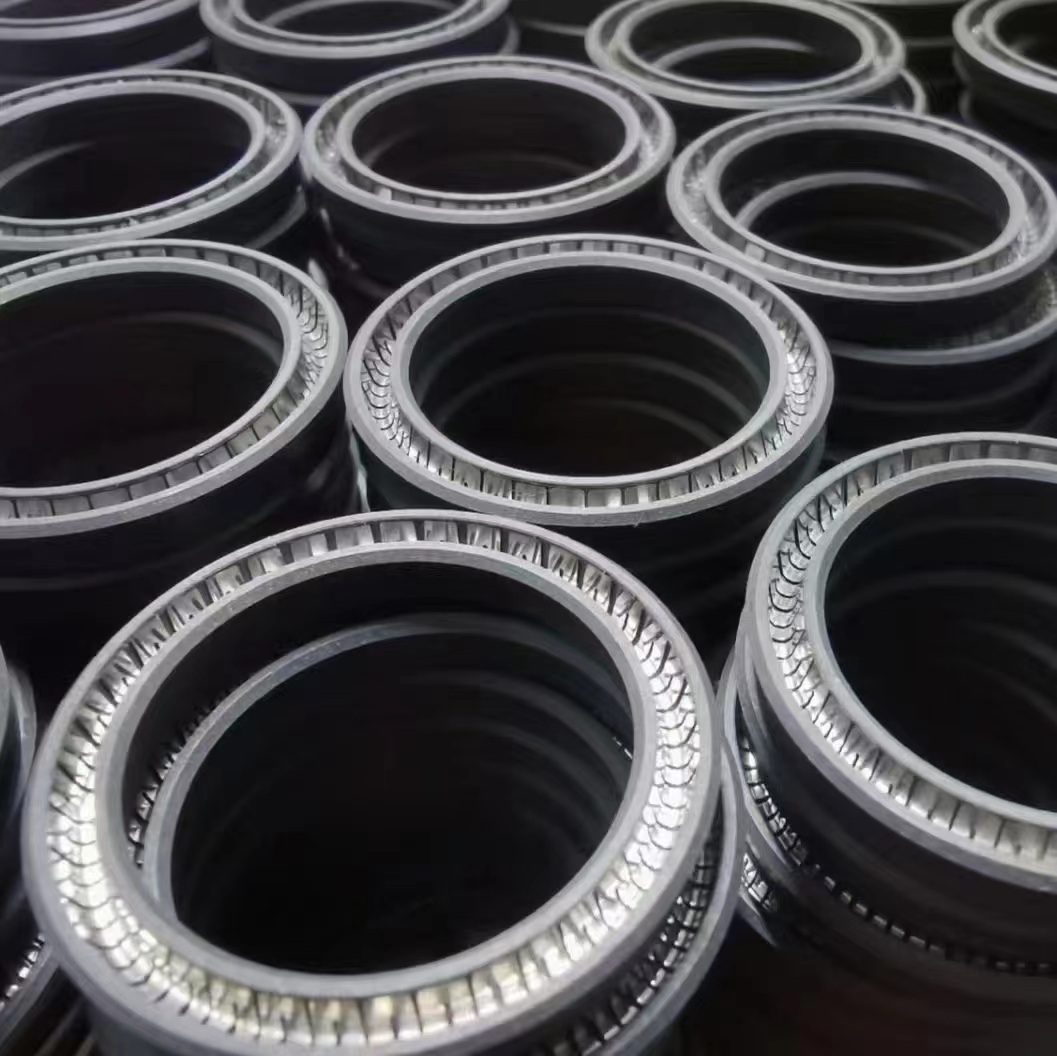When choosing the materials for the plug sealing spring, the first thing we need to consider the load value. Different materials have different strengths and hardness.So it is necessary to choose materials that can withstand the required loads. For example, if we need the springs to withstand higher loads, we should choose high-strength materials such as stainless or piano steel.
In addition, the diameter and length of springs are important factors to consider. The smaller the diameter ofthem, the greater their hardness and strength. Meanwhile, the length of springs also affects their stiffness and load capacity. Therefore, when selecting the diameter and length of springs, we need to determine them according to the actual applications.

When selecting materials, we also need to consider their corrosion resistance. Because they may come into contact with various liquids and gases during use. If the material does not have good corrosion resistance, it may cause damage to the spring. Therefore, we need to choose materials that have good corrosion resistance.
Some materials, such as stainless steel, have good corrosion resistance and can adapt to various environmental conditions. For certain special applications, such as underwater environments, we need to use special materials such as titanium alloys or nickel alloys.

When selecting materials, we also need to consider the machinability and cost of the materials. Some materials, such as piano steel, although have high strength, are difficult to process and have high costs.
Therefore, when selecting spring materials, we need to comprehensively consider factors such as strength, hardness, corrosion resistance, processability, and cost to ensure that the materials we choose can meet application requirements and have good cost-effectiveness. For certain applications, such as mechanical tools, we need to use materials that are easy to process and have lower costs, such as carbon steel or aluminum alloys.